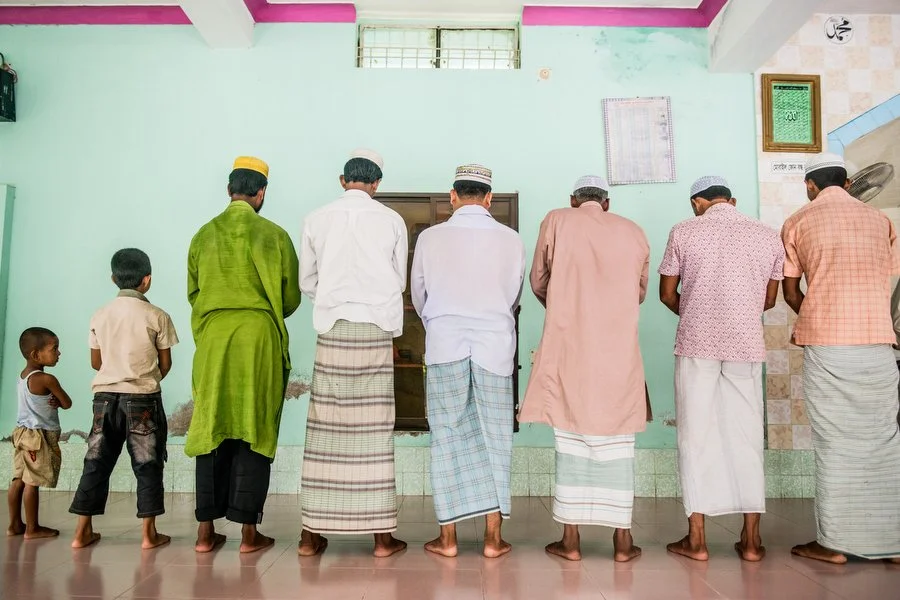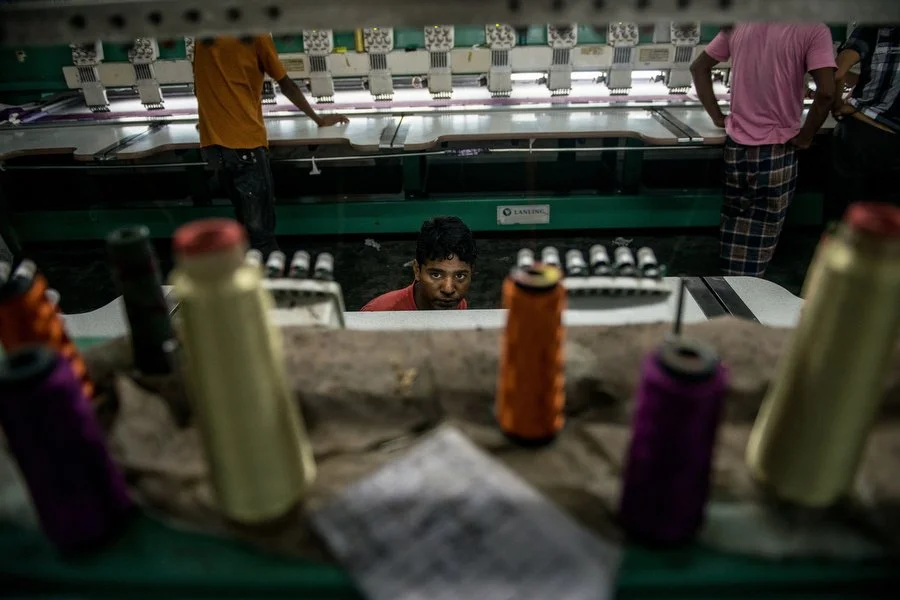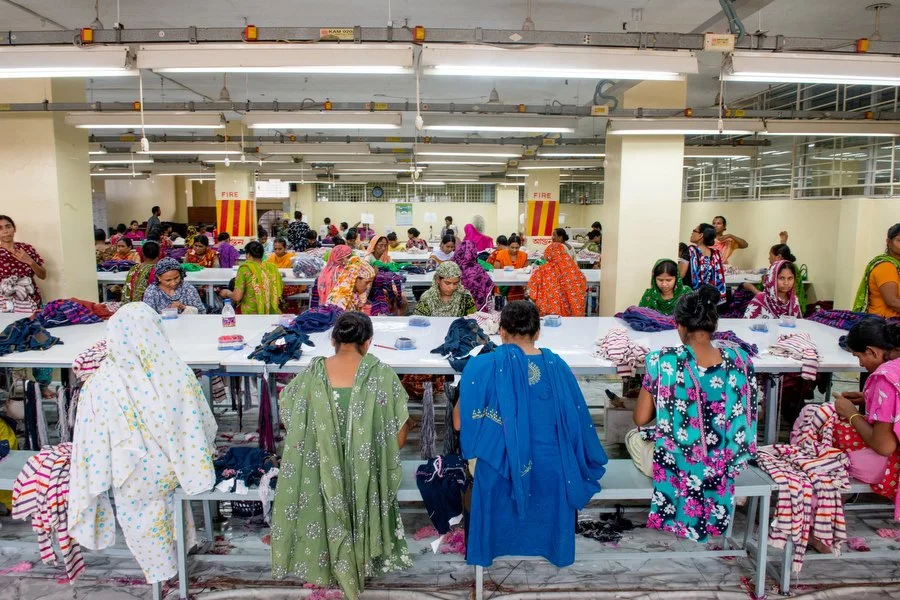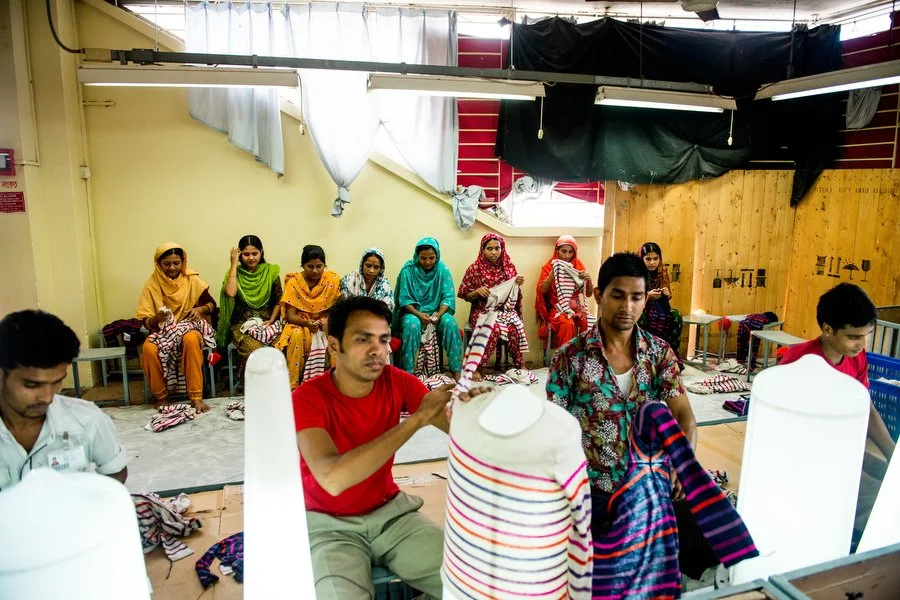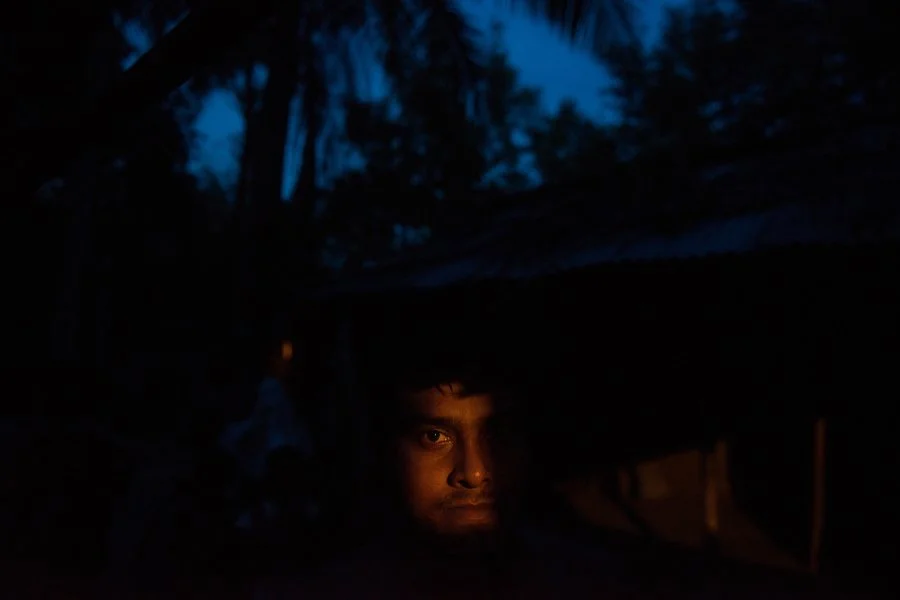Behind the Lens: Photographing Bangladesh’s Garment Industry
A Story That Needed to Be Told
I’ve spent almost two decades based in Vietnam, working as an editorial and commercial photographer. Over the years, I’ve photographed more than a hundred assignments for The New York Times, covering everything from travel features to investigative stories. But some assignments hit harder than others — and my work in Bangladesh was one of them.
The assignment revealed the harsh realities behind Bangladesh’s booming garment industry — the violent crackdowns on protesting workers, poverty-level wages, and the unrelenting global demand for cheap clothing that keeps these factories running.
This wasn’t a travel story or a glossy feature. It was about truth, humanity, and responsibility.
Access Is Only the Beginning
As a photojournalist, my job isn’t to chase pretty pictures — it’s to tell accurate stories. Gaining access to factories and communities is only the first step. Once inside, I need to stay fair, objective, and intentional with every frame.
That means doing my research, collaborating with local fixers, and asking critical questions:
Which factories matter most to the story? What do the workers’ homes look like? How does their faith, family, or community shape their lives?
Behind every powerful image is a series of small, thoughtful decisions — about where to stand, when to press the shutter, and how to portray people truthfully.
Using Light to Tell the Truth
One of the main subjects I photographed was a man who’d been jailed and had his life threatened for speaking out about workers’ rights. Photographing him wasn’t just about documenting his face; it was about conveying the weight he carried. I leaned into shadows and darkness to communicate that fear and uncertainty — using light as part of the narrative.
Another subject was a community leader whose life revolved around faith. Photographing him in prayer wasn’t a stylistic choice; it was about showing who he truly was. Faith shaped his resilience and his place in the community, and my images needed to reflect that.
Light, composition, and emotion — all become storytelling tools when used with honesty.
Fairness Over Aesthetics
It’s easy, especially for photographers, to be tempted by dramatic visuals or preconceived narratives. But as journalists, accuracy is non-negotiable. If a location looks clean and thriving, I can’t ignore that because it doesn’t fit the “poverty” angle. That’s not journalism — that’s bias.
Sometimes, that means deleting a striking image because it doesn’t represent the truth of the story. And yes, that hurts. But credibility matters more than aesthetics.
Each frame must contribute to the story’s accuracy, not distort it.
The Real Challenges Behind the Assignment
The romanticized idea of being a foreign photographer on assignment quickly disappears when you face the realities on the ground.
In Bangladesh, immigration officers grilled me the moment I arrived. Factories slammed doors in my face. One of the subjects was literally in hiding, and finding him meant navigating through unfamiliar neighborhoods where I stood out as an obvious outsider.
At times, it felt impossible. But in this line of work, editors don’t hire people who bring back excuses — they hire problem solvers. You push forward until doors open.
It reminded me of that scene from Spy Game with Robert Redford and Brad Pitt — when Pitt’s told to “figure it out.” That’s photojournalism in a nutshell: figure it out, get the shot, and tell the story.
Telling a Complete, Honest Story
Eventually, I built a visual sequence that showed both the struggle and the humanity — people fighting for dignity within an industry that sustains and exploits them.
My goal wasn’t to shock, but to make viewers pause, reflect, and feel connected to the people in these images. Because good photojournalism doesn’t just show suffering; it shows life, faith, and resilience too.
Each assignment like this reminds me that being a photographer is a privilege — one that carries real responsibility.
For Photographers: Lessons From the Field
For amateurs and professionals alike, the takeaway is simple but profound:
Be fair. Be intentional. Be accurate.
Whether you’re shooting on the streets of your own city or covering a humanitarian story abroad, remember that photography isn’t just about aesthetics — it’s about integrity. Your camera is a storytelling tool, and how you use it defines your work.
Join My Next Workshop
If this kind of storytelling resonates with you, I still have a few spots open for my Central Vietnam Photography Workshop in December — an all-inclusive experience focused on storytelling for photographers of all levels.
Can’t make it to Vietnam? I also offer one-on-one online classes, portfolio reviews, and mentorship programs. You can find all the details at askmott.com.
Final Thoughts
Getting access isn’t the hardest part — telling the story with honesty and empathy is.
That’s the real work of a photographer.
Justin Mott is a professional editorial and commercial photographer based in Vietnam and working globally. You can visit his commercial and hotel photography portfolio here.

